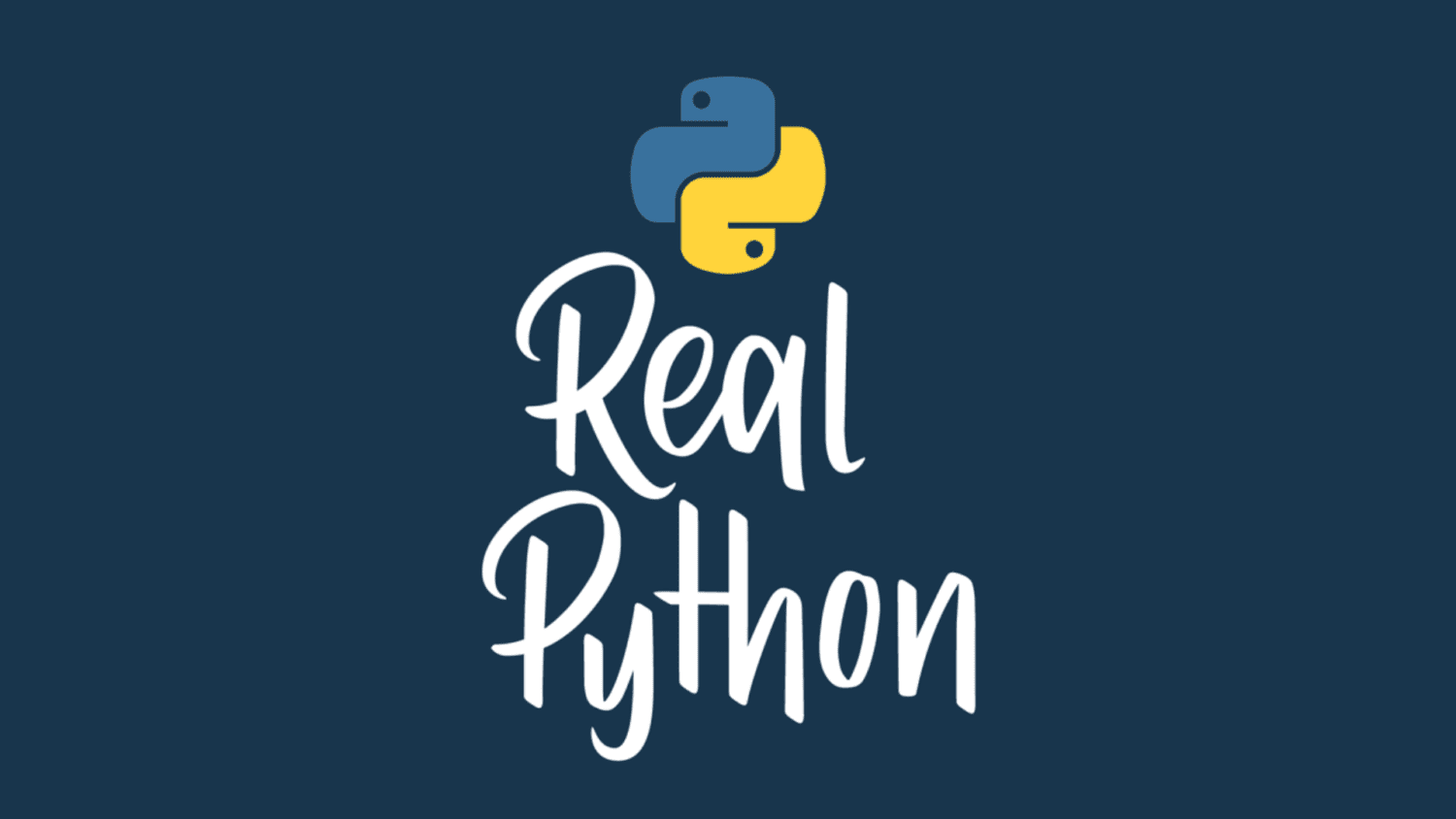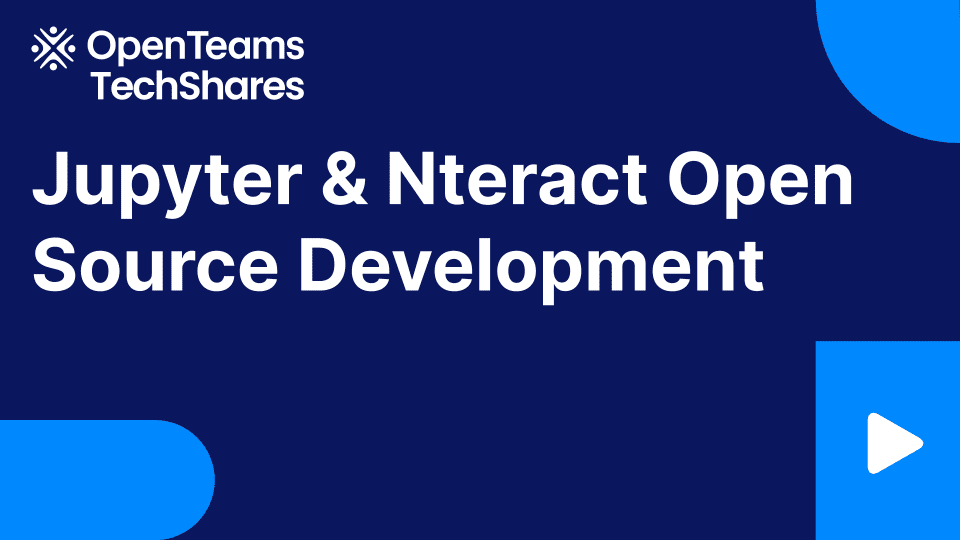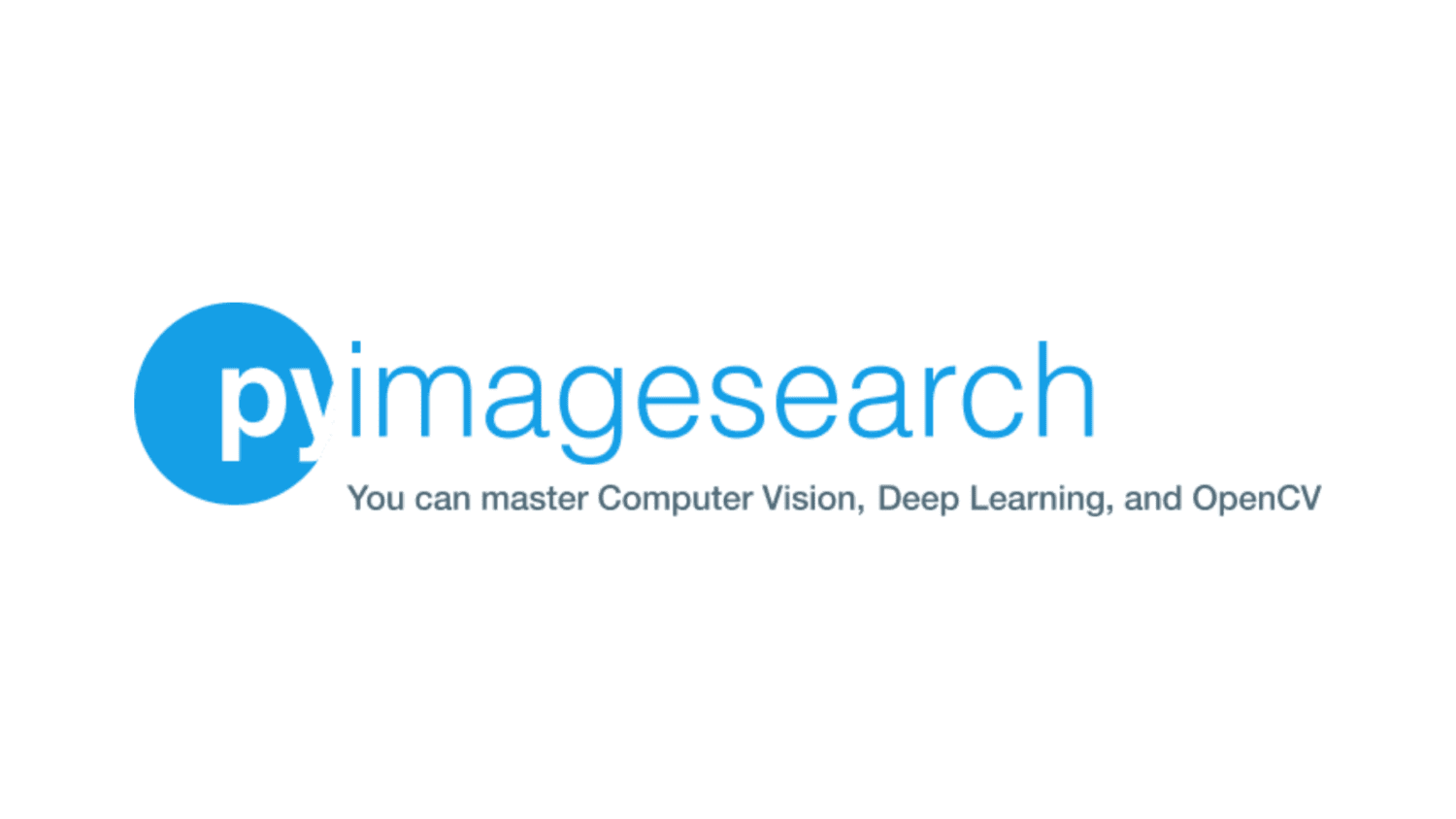
Process Images Using the Pillow Library and Python
When you look at an image, you see the objects and people in it. However, when you read an image programmatically with Python or any other language, the computer sees an array of numbers. In this video course, you’ll learn how to manipulate images and perform basic image processing using the Python Pillow library.
Pillow and its predecessor, PIL, are the original Python libraries for dealing with images. Even though there are other Python libraries for image processing, Pillow remains an important tool for understanding and dealing with images.
To manipulate and process images, Pillow provides tools that are similar to ones found in image processing software such as Photoshop. Some of the more modern Python image processing libraries are built on top of Pillow and often provide more advanced functionality.
In this video course, you’ll learn how to:
- Read images with Pillow
- Perform basic image manipulation operations
- Use Pillow for image processing
- Use NumPy with Pillow for further processing
- Create animations using Pillow
In this video course, you’ll get an overview of what you can achieve with the Python Pillow library through some of its most common methods. Once you gain confidence using these methods, then you can use Pillow’s documentation to explore the rest of the methods in the library. If you’ve never worked with images in Python before, this is a great opportunity to jump right in!
[ Improve Your Python With 🐍 Python Tricks 💌 – Get a short & sweet Python Trick delivered to your inbox every couple of days. >> Click here to learn more and see examples ]




